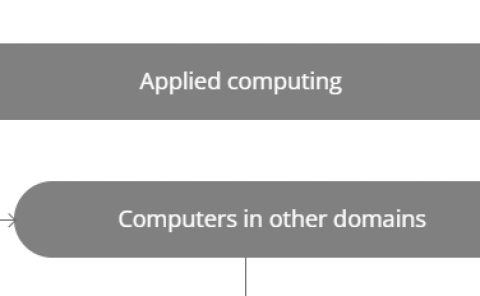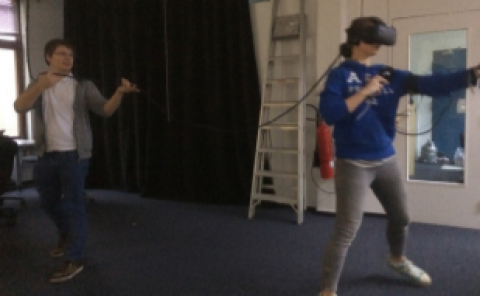Vibrotactile and Force Collaboration within 3D Virtual Environments
PubDate: September 2018
Teams: University of Calgary Calgary;LE2I UMR6306 CNRS University
Writers: Stanley Tarng; Aida Erfanian; Yaoping Hu; Frederic Merienne
PDF: Vibrotactile and Force Collaboration within 3D Virtual Environments

Abstract
In a three-dimensional (3D) virtual environment (VE), proper collaboration between vibrotactile and force cues - two cues of the haptic modality - is important to facilitate task performance of human users. Many studies report that collaborations between multi-sensory cues follow maximum likelihood estimation (MLE). However, an existing work finds that MLE yields a mean and an amplitude mismatches when interpreting the collaboration between the vibrotactile and force cues. We thus proposed mean-shifted MLE and conducted a human study to investigate the mismatches. For the study, we created a VE to replicate the visual scene, the 3D interactive task, and the cues from the existing work. Our participants were biased to rely on the vibrotactile cue for their tasks, departing from unbiased reliance on both cues in the existing work. Assessments of task completion time and task accuracy validated the replication. We found that based on task accuracy MLE explained the cue collaboration to certain degrees, agreed with the existing work. Mean-shifted MLE remedied the mean mismatch, but maintained the amplitude mismatch. Further examinations revealed that the collaboration between both cues may not be entirely additive. This sheds an insight for proper modeling of the collaboration between the vibrotactile and force cues to aid interactive tasks in VEs.


